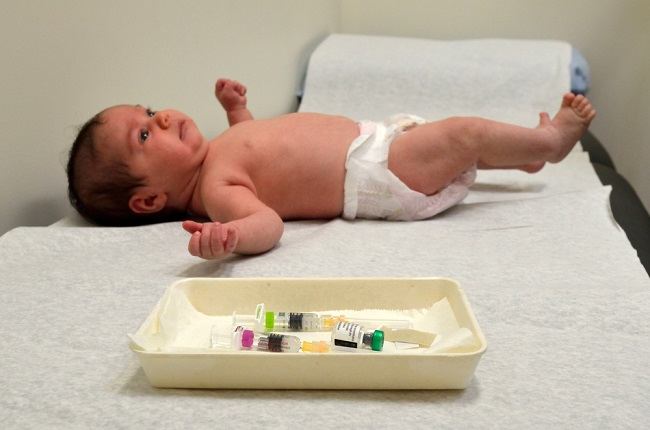Head injury is any type of injury that occurs in the head, from the scalp, skull, to the brain. Head injuries need to be checked by a doctor because they can be fatal and require immediate treatment.
Head injuries are divided into mild, moderate, and severe head injuries. Head injuries can occur for many reasons, but the most common causes of head injuries are traffic accidents, sports, falls, bumps, and physical violence.

Risk of Fatal Head Injury
Fatal or life-threatening risks usually occur in cases of severe head injury. The following are some of the conditions that can occur as a result of a severe head injury and threaten a person's life:
1. Hematoma
A head injury can result in the rupture of blood vessels that surround the brain or the bones of the inside of the skull. As a result, blood collects or clots in the gap between the brain and the skull, forming a hematoma (blood clot).
Hematoma that occurs inside the head, such as an epidural hematoma, is a very serious condition. This condition can increase the pressure within the skull, then result in loss of consciousness or even permanent brain damage.
2. Brain hemorrhage
Brain hemorrhage is also one of the fatal risks from head injury. Bleeding can occur in the space around the brain (subarachnoid hemorrhage) or within brain tissue (intracerebral hemorrhage).
Bleeding can cause swelling of the brain tissue around the bleeding. Swelling of one part of the brain can cause obstruction of blood flow to it. This can eventually lead to the death of cells in the brain.
3. Brain swelling
Brain swelling or cerebral edema may result from bleeding caused by a head injury or from the impact of the head itself. Swelling of brain tissue will increase the pressure in the skull, so that the flow of blood and oxygen that should be received by the brain decreases.
If not treated immediately, the size of the swollen brain can get bigger until the brain is pushed by the skull bone. If so, damage or death of brain cells can occur.
4. Fractured skull
The very strong bones of the skull can also crack or even break as a result of a very strong impact or shock. Fractured skull bones can cause injury and bleeding in brain tissue.
5. Overall brain tissue damage
Severe head injuries can also cause complete brain tissue damage or diffuse axonal injury which is the most dangerous result of a head injury. If this happens, it can cause a person to experience permanent brain damage and even death.
Symptoms of Severe Head Injury
Here are some of the symptoms you need to watch out for as they could signal a serious head injury:
- Throw up
- Seizures
- Memory loss
- Loss of consciousness
- Loss of muscle control
- Prolonged headache
- Abnormal eye movements
- Inability to focus eyes
- Balance or coordination problems
- Mood swings
- Clear discharge from the ears or nose
Symptoms of a severe head injury as above can be experienced by adults and children. However, the symptoms of a head injury in children may appear in slightly different forms, such as excessive crying, changes in behavior, confusion, difficulty concentrating, and easy drowsiness.
Method Prevent Head Injury
In order to avoid the risk of fatal head injury, it is very important to prevent head injury in the following ways:
- Wear a helmet whenever riding a motorcycle, cycling, using roller skates, and other similar activities. Make sure the helmets you and your child are wearing follow safety standards and are properly attached.
- Wear a seat belt when driving in a car.
- Create a safe home for children and the elderly.
- Wear safety equipment when playing sports and recreation where there is a risk of falling, such as white water rafting and flying fox.
- Read and comply with standard safety instructions everywhere, whether on the move, in recreational areas or in other public places.
- Do strength and balance exercises to improve your balance.
- Check your eyes at least once a year and update your glasses when necessary, to avoid the risk of falls or accidents.
As a vital organ, the head should receive more protection and attention in order to avoid dangerous risks. By always acting with caution and putting safety first, you can reduce the risk of fatal head injuries.
If you or someone you know has experienced a fairly hard head injury and symptoms of a severe head injury appear as above, immediately visit the emergency room or the nearest doctor so that you can get the right examination and treatment.









